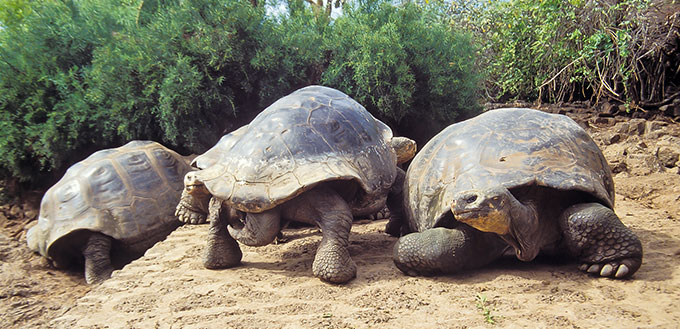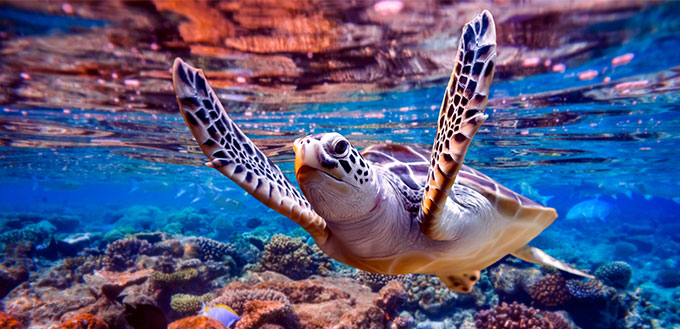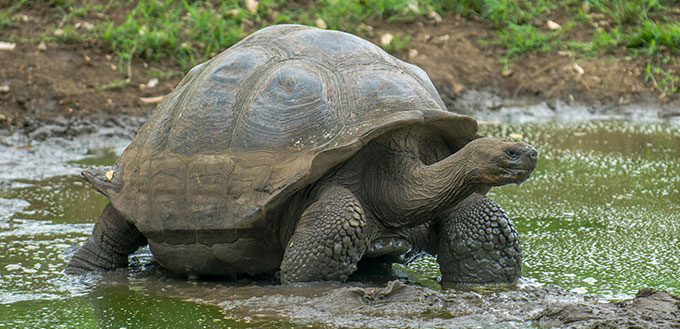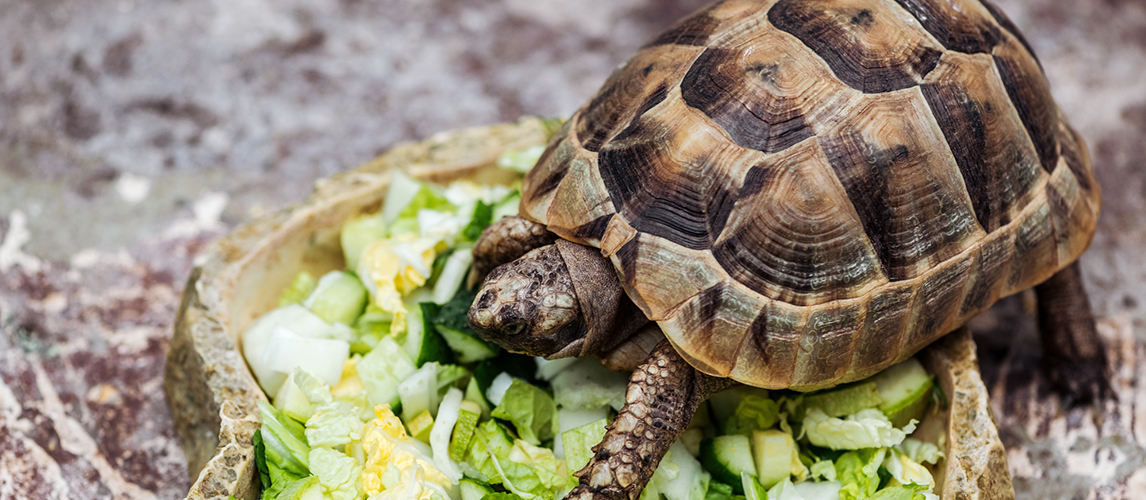Death, though it is sad, is ironically a part of life that no organism can escape. It makes way for newer organisms to grow and is one measure that controls populations. Some organisms, however, can live way longer lives than others, and there have been studies into how that happens and why. Turtles are one of the oldest living creatures. Even the smallest turtle kinds that are kept as pets can live as long as 30 to 40 years on a healthy lifestyle. Several theories have come up to try to explain the process that occurs throughout the lifespan of a turtle that enables them to live so long. In a bid to answer the question ‘why do turtles live so long?’, this article will a close look at both turtle life and tortoise life and the factors that contribute to their long life.

Turtle and Tortoise Lifespan
Turtles and tortoises form part of the reptile, and their distinguishing feature is the cartilaginous or body shell that develops from their ribs. They belong to the order Testudines, having both living and extinct species. They are considered one of the ancient groups of reptiles aside from snakes and crocodiles because their existence dates back to the dinosaur era. These creatures cannot regulate their body temperature, and so their bodies take on the temperature of the environment.
The difference between the two is that tortoises live on land, while turtles often dwell in water bodies, coming on the ground only when necessary. So, how long can tortoises live? Sea turtles, which are larger species, weighing about 300 to 350 pounds and three to four feet long live for about 80 to 100 years. The largest of land turtles, known as the giant tortoise usually weighs more than 450 pounds and can live to about 200 years. There is an unofficial record of one tortoise living to be 255 years old before dying in 2006. In some cultures, for example, the Chinese, tortoises, and turtles are considered to be symbols of longevity. In others, it is also associated with wisdom, immortality, fertility, and knowledge. Sadly, many species of turtles and tortoises are endangered, and so their lives and longevity, therefore, are at risk.

How Do Turtles Live so Long?
There is no straightforward answer to why and how these ancient creatures survive the good and bad challenges of their environment for such a long period. Many different explanations have come up, backed by science, to explain the phenomenon. Factors like the environment and pollution, are obvious factors, and young turtles are more fragile than older ones. Here are a few other explanations of why turtles can be so old.
- Slow metabolism
Turtles and tortoises have one of the most gradual metabolisms in the animal kingdom, and it even shows in the way they move. The rate at which they burn energy is very low, preserving it for a more extended period. The theory is called the rate of living theory and is the reason for the phrase “live fast, die young.” This theory summarizes that the faster the rate of metabolism, the shorter the lifespan, and there has been a lot of debate around it. Some link metabolism to the creation of unstable molecules that cause harm to cells. And so the faster metabolism occurs, the faster the cells are damaged, reducing the number of years on the organism’s life. Turtles experience a delayed burning of energy, meaning their cells do not get hurt that much, which is responsible for their long life. This slow growth allows them to survive in harsh conditions, including a lack of food or water.
- Lifestyle
In an era that is becoming more health-conscious, there is a lot to be learned from turtles and tortoises. They live stress-free lives, with their diet also free of cholesterol and fat and rich in greens. They are very gentle creatures and are not fazed by much, a combination that contributes to their longevity. The description of turtles as slow and steady suggests that they are in a league of their own. They are not bothered by what is going on around them and keep their cool in all situations. Their slow nature also lowers their energy requirements, keeping them fit for longer.
- Shell protection
Every organism can do with a little extra security throughout their lifestyle to survive. Turtles and tortoises have more than a bit of protection and predators do not have a chance against them. Their shell is the first thing you notice on their body, and it is their rib cage that, unlike in other organisms, is grown outside. It is very hard, and it will be difficult for predators to get hold of the animal, also considering they can retract into their shell. This defense mechanism makes one of the most impressive in the animal kingdom and is an excellent contribution to the longevity of turtles. Turtles do not live in areas where there are predators anyway, but in case they encounter one, they are shielded. Younger turtles, whose shells are not fully developed may be more exposed and vulnerable to predators, but turtles have a lot more chances to reproduce.

To Summarize
These ancient creatures possess some enviable properties that are responsible for their long life. Some of these theories have emerged to explain these properties and are still under scrutiny as there isn’t much research into them. However, it is safe to say that turtles and tortoises do an excellent job of preserving their lives, and they should be given credit for it. The thought of having a turtle or tortoise as a pet may sound amazing because then they will be with you forever. However, forever is a big commitment that you might not be ready for. They are also known to carry salmonella, which can be detrimental to human health, and so it is probably best to leave them in their natural habitat.
Sources:
- Why Do Tortoises Live so Long?, The Guardian
- How Do Turtles Live so Much Longer Than Other Animals?, Ask Dr Universe




